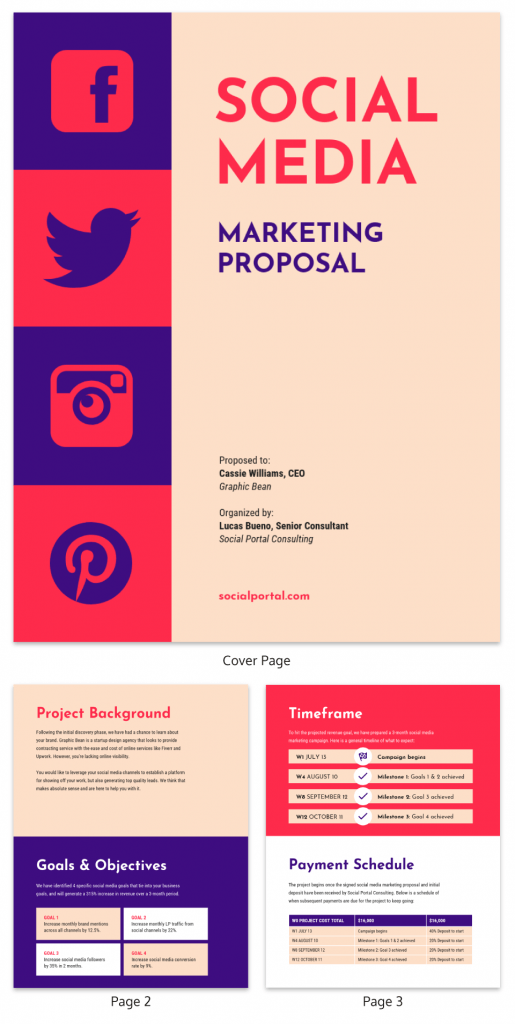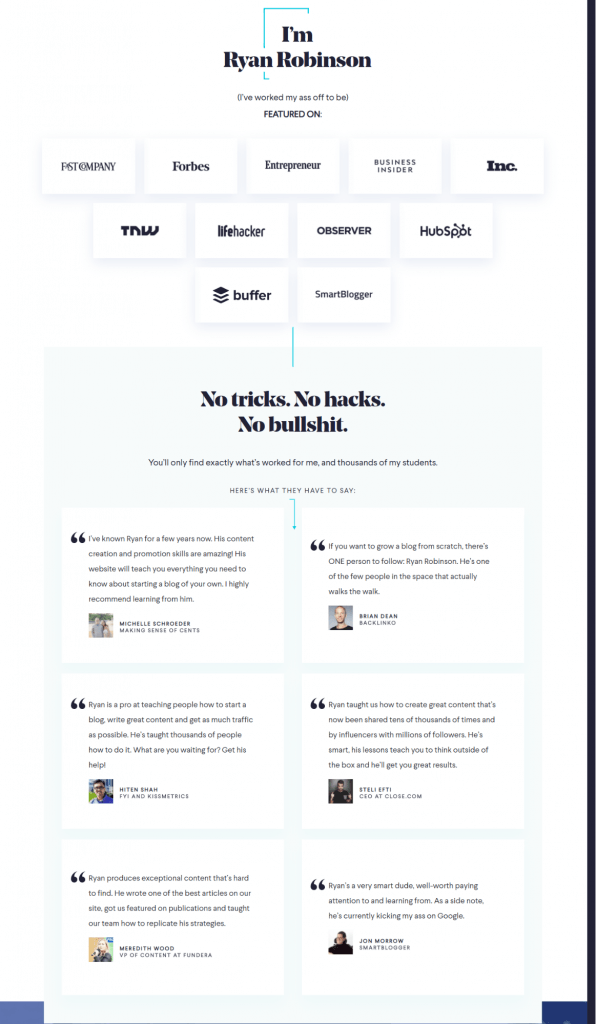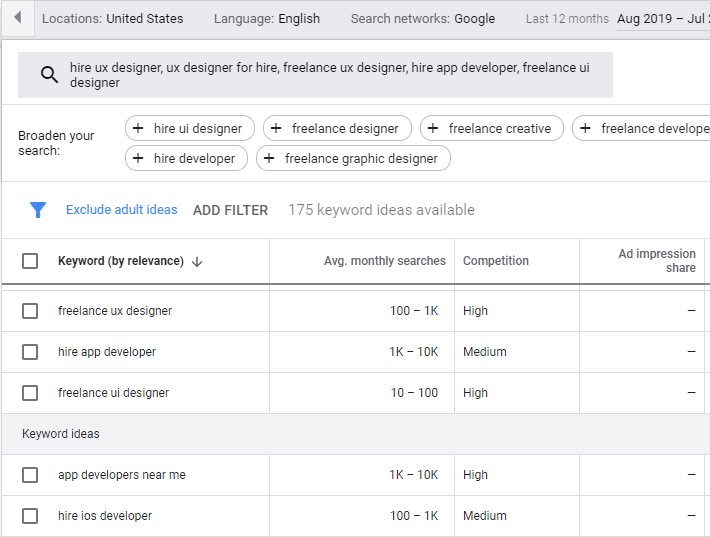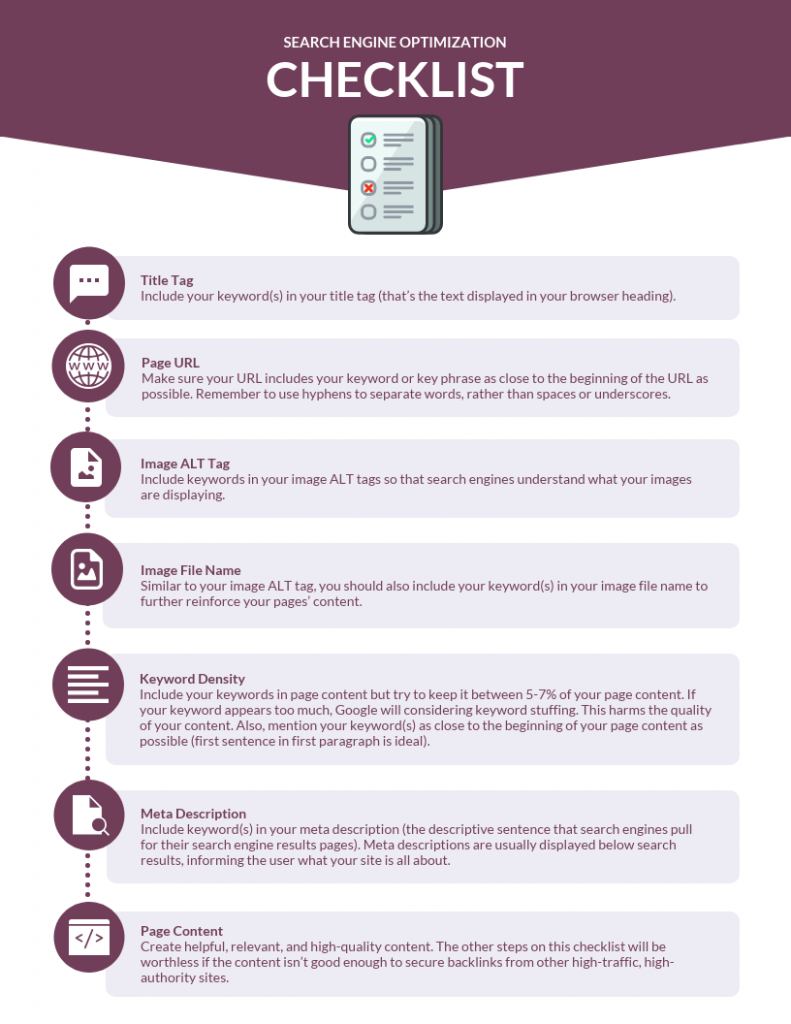At the start of 2020, no one imagined that a few months later, the world would be grappling with a deadly pandemic. One that has not only led to a loss of lives but has also disrupted the job market.
Several businesses have been forced to shut down or have come to a standstill. Given such an uncertain environment, one can’t help but ponder the impact it has had on freelance businesses and independent contractors.
But all is not lost.
47% of hiring managers are more likely to hire independent professionals since the COVID-19 crisis than they were in the future, according to an Upwork report.
As a freelance business, it’s important to use this time to strengthen your online presence, upgrade your skills, and network with potential clients.
Let’s take a look at how you can grow your freelance business amid a crisis.
1. Reconnect with past clients
Sometimes we’re so busy going after new clients that we forget to reconnect with the old ones.
Think about it: there are clients who you’ve worked with in the past and established a relationship with. There’s no need to start from scratch. From making sense of briefs and setting expectations to invoicing habits, you’re well-versed with their way of working and vice-versa.
During uncertain times such as these, it helps to reach out to clients who you’ve shared a positive working relationship with and pitch your services.
Write them an email or get in touch with them via LinkedIn. Find out what they’re working on at the moment and if there’s any way you can be of help. The idea is to remind them of the value you can bring to their company.
For example, let’s say you’re a social media consultant. It’s a good idea to send the client a social media consulting proposal that addresses the client’s challenges while highlighting your strengths in the social media marketing field.
Here’s an example of a social media marketing proposal you can send. It specifies the problem you’re addressing, along with the timeline and payment schedule, thereby setting clear expectations.

Source: Venngage
2. Update your portfolio (or website)
Your freelance portfolio should not be written in stone. It’s important to constantly upgrade it and keep it relevant.
When you created your portfolio, you might have been a generalist but several projects later, you’re now at a better place to decide how you want to position yourself.
The freelance market is highly competitive and if you haven’t established yourself as an authority within a particular niche, it can get tough to sustain.
So, think of how you want to position yourself and build a more specific portfolio. For instance, if you’re a freelance copywriter, think of the niche you would like to cement your positioning in. It can be based on the kind of topics you enjoy writing about or are most experienced in.
Once that is done, declutter your portfolio. Get rid of the samples that aren’t in line with your positioning. Keep the strongest ones that are relevant and add value to your portfolio.
Moreover, make sure that your portfolio is optimized to convert the visitors into clients. It becomes more important if you are a web designer. You have to be careful about the quantity and quality of projects you display and the steps needed to convert a visitor into a successful client.
It’s also a good idea to update your portfolio with some social proof. This strengthens your chances of winning clients and helps potential clients instill trust in you. Here are some social proof examples you can add to your portfolio:
- Client testimonials
- Published interviews and media mentions
- Brands you’ve worked with
- Published guest posts
Here’s an example of social proof done right. Ryan Robinson mentions the publications he has been featured on and follows it up with a host of client testimonials that throw light on his expertise.

3. Improve your website’s SEO
While your portfolio (or website) needs to say all the right things, you need to make sure it’s optimized for SEO too. This will help you drive quality traffic to your website and increase opportunities.
So, invest time in website SEO marketing and strengthen your online presence to attract the right kind of clients. Your aim should be to appear on Google’s first page.
How do you do that?
The first step is to decide which keywords you want to rank for. Keywords refer to the search terms people type into search engines.
So, if you’re a freelance UX/UI designer, you can optimize your website for keywords such as “hire UX/UI designer”, “freelance UX/UI designer for hire” and others along similar lines.
You can use Google’s Keyword Planner for this. This free tool helps you come up with keyword ideas.

Average monthly searches tell you the number of times people have used that keyword to search. That means, the higher the monthly searches, the higher the popularity of the keyword.
The ‘competition’ column tells you how easy or difficult it is to rank for that particular keyword.
Make sure you filter the searches by language and location so you’re left with a more specific list of keywords to choose from.
Once you’ve narrowed down on the keywords, you need to optimize your website content accordingly. Here are some search engine optimization practices to keep in mind:
- Include the target keyword in the title tag and page URL
- Include the keyword across the website content and meta-description
- Include the target keyword in all the image titles and alt texts
- Insert links to authoritative websites
- Insert links to relevant internal pages
- Write helpful content that is relevant to your audience
- Use visuals such as high-resolution images, infographics, videos, and data visualizations to keep visitors engaged
- Ensure the website is mobile-friendly
Here’s a useful checklist you can refer to while optimizing your website for SEO.

Source: Venngage
4. Revamp your cold outreach strategy
As a freelancer, you can’t always expect clients to come to you. More often than not, you have to put yourself out there and actively reach out to clients. Enter cold outreach.
Cold outreach involves contacting potential clients to introduce your freelance business and initiate a relationship. But cold emailing doesn’t guarantee a response. There will be a few who will reply and many others who wouldn’t bother.
So, if your cold emails are getting ignored and aren’t fetching the response you expected, it might be time for a change in strategy.
Start with creating your ideal client’s persona which includes the following:
- Industry
- Demographics
- Location
- Company revenue
- Goals
- Challenges
On the basis of this, you can make a list of your target clients and find the right people you should send an email to. Who are the right people, you ask? Those who have the power to decide whether they should hire you.
For instance, if you’re pitching your graphic design services, find the right point of contact in the company, like the head of marketing. You can use a tool such as Hunter to find email addresses.
While drafting the email, make sure you personalize it, making it relevant to their company and needs. The goal of the cold email is to demonstrate your understanding of their business and communicate the benefits you can offer.
Ask yourself: why should they hire you?
That’s the question you need to address in the email. Apart from that, make sure you end with a call-to-action such as scheduling a call or setting up a meeting.
Don’t stop at sending the initial email. It’s important to send a follow-up email that serves as a reminder and gets clients to reply.
5. Offer online courses
Another way to grow your freelance business and land clients is by selling your knowledge. Not only does this position you as an expert, but it also helps you network with like-minded individuals and generate high-quality leads.
How do you sell your knowledge? By creating an online course.
What’s more, with people looking to upskill during the pandemic, there has been a surge in global online education, as per a recent Udemy report. This means that if you build a useful online course and market it well, you’re sure to have takers.
Start by narrowing down a solid course topic. It should be something that’s related to your freelance business and one that would be of interest to your target audience. It’s a good idea to send a survey to your past and existing clients to understand what they would like to learn more about.
Once the topic is finalized, create an online course that includes insightful takeaways and uses visuals to keep course takers engaged.
Create a dedicated landing page for the online course that outlines the benefits of the course and encourages people to sign up for it. You might also want to include a snippet from the course, letting people know what they can expect from it.
Here’s an example of an online course landing page by freelance writer and coach, Elna Cain. The headline grabs your attention with a promise. The sign-up form is placed above-the-fold to boost visibility and is followed by a testimonial that enhances credibility.

6. Guest post on relevant websites
Blogging is a powerful marketing tool. It attracts traffic, educates your audience, and creates brand awareness about your freelance business in the process.
While you must create content for your own blog, it’s also important to guest post on relevant, authoritative websites that are frequented by your potential clients. An off-page SEO tactic, guest blogging builds credibility, positions you as an expert in your niche and creates networking opportunities.
When you submit a guest post to another website, make sure you add natural links to your business blog in the article. Links from authoritative websites act as signals to Google showing how useful your website is which leads to an increase in search engine rankings.
So, find websites that speak to a similar audience and pitch relevant guest post topics that would be of interest to their readers. Make sure you add an author bio that offers a crisp description of what you do while letting people know how they can get in touch with you.
You can go a step further and measure the referral traffic coming in from your guest posts by creating UTMs and placing them in the links to your website content.
7. Partner with other freelancers
Let’s say you’re an e-commerce consultant and have been asked to create a growth plan for a newly launched online store. You know the client needs help with product descriptions too.
As that’s clearly not your forte, it’s a good idea to partner with a freelance product copywriter and involve them too, offering additional value to the client.
This is a win-win situation: the client is happy because they don’t have to look for a copywriter — and you’ve got your copywriter partner a project who can do the same for you when the time arises. This expands your client pool and increases opportunities in the long-run.
8. Join networking groups
From finding new clients to exploring partnership opportunities — there’s a lot to gain from networking.
The first step is to have your branding assets in place. It can be your website, online portfolio or even your LinkedIn profile. Make sure the asset you’re promoting speaks your brand and highlights your expertise.
You can join relevant Slack groups and social media groups on Facebook and LinkedIn. The idea is to be where your potential clients are.
Remember: networking is not about blowing your own trumpet. What’s important is adding value to conversations, addressing challenges, and offering insightful advice.
At the end of it, you want people to recognize you as an expert and trust what you have to offer.
The takeaway: grow your freelance business
Times might be tough but your freelance business does not have to come to a standstill. There are ways to reach the right clients, demonstrate your expertise, and add value in spite of the current situation.
So, implement these effective tactics and they are sure to help you grow your freelance business amid a crisis.
About The Author:

Simki Dutta is a content marketer at Venngage, a free infographic maker and design platform. When she’s not working, she can be found refreshing her Twitter feed and binge-watching Netflix shows.


